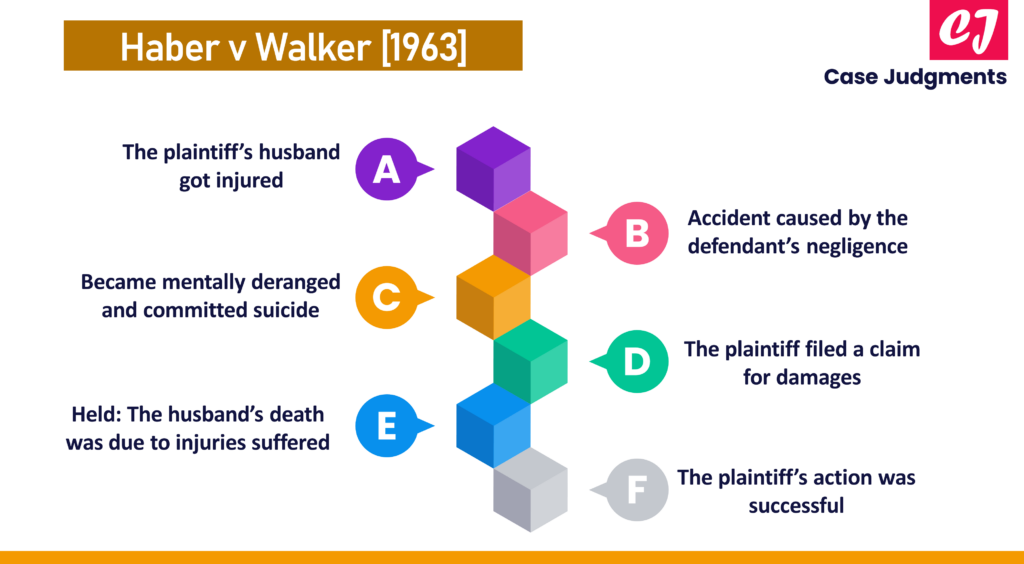
Romeo v Conservation Commission of the Northern Territory (1998)
Romeo v Conservation Commission of the Northern Territory (1998) is a widely recognized case from Australia. It concerns a negligence claim against the Conservation Commission for failing to put warning signs to warn people of the dangers of a cliff.
Given below are the case details and decision:
| Case name & citation: | Romeo v Conservation Commission of the Northern Territory (1998) 151 ALR 263; (1998) 192 CLR 431 |
| Court: | High Court of Australia |
| Decided on: | 02 February 1998 |
| The bench of judges: | Brennan CJ, Toohey, Gaudron, McHugh, Gummow, Kirby and Hayne JJ |
| Area of law: | Foreseeability of risk; duty of care; negligence; obvious dangers; nature and cost of precautions |
Facts of the case (Romeo v Conservation Commission of the Northern Territory)
The plaintiff, Nadia Romeo, a sixteen-year-old girl met with an accident on a clear, dark night in April 1987 in the Casuarina Coastal Reserve near Darwin. The Reserve was a large natural area open for public recreation, managed by the respondent Conservation Commission.
She and her friend had consumed alcohol and were sitting on a low log fence near the Dripstone Cliffs car park, which was situated on a cliff-top overlooking Casuarina Beach. At some point, both girls fell over the edge of the cliff onto the beach below. The accident resulted in injuries, particularly for Nadia who became paraplegic. This kind of accident had never happened at the Reserve before.
The plaintiff filed a lawsuit against the Commission alleging negligence. She contended that the respondent should have installed adequate lighting, given warnings about the cliff’s presence, or erected a fence or barrier at the cliff’s edge.
Issue
Was the Commission liable for negligence?
Judgment of the Court in Romeo v Conservation Commission
The plaintiff’s claim was dismissed both at trial and on appeal to the Northern Territory Court of Appeal. It was agreed that the Commission was not liable.
The case was then heard in the High Court.
The majority held that the Conservation Commission, by virtue of its powers vested upon it as a public authority, had a duty of care towards the visitors of the natural reserve. It could reasonably foresee that a visitor might occasionally fall off the cliff. However, the Court found that there was no breach of such duty in failing to erect barriers at the cliff’s edge, provide adequate lighting, or warn about the dangers of the cliff.
The Conservation Commission was not obligated to guarantee that there would be no accidents; it just had to take reasonable steps. Even though the risk of someone falling from the cliff was foreseeable, it existed only when people ignored the obvious danger, making accidents highly unlikely. The cliff danger was apparent and preventable through reasonable care by the visitors themselves. Competent individuals should take reasonable care for their own safety, at least with regard to obvious risks.
Further, the judges held that it would be impractical to fence off the specific cliff as it would then necessitate fencing all similar cliffs in the Northern Territory under the Commission’s control to prevent similar risks. This may prove to be unreasonably burdensome.
When the cost of preventive measures is very high for a risk that is improbable, the defendant is less likely to be found liable for negligence. The Court refused to establish negligence on the basis that the risk was obvious and small and that the required precautions to avoid the risk would have placed undue pressure on the limited resources of public authorities. These factors outweighed the seriousness of the harm of someone falling off the cliff and the defendant was justified to disregard the foreseeable risk of harm to someone in the plaintiff’s situation.
Quotes from the case
Kirby J said:
“Where a risk is obvious to a person exercising reasonable care for his or her own safety, the notion that the occupier must warn the entrant about that risk is neither reasonable nor just …”
List of references:
- https://s3.studentvip.com.au/notes/4066-sample.pdf
- http://classic.austlii.edu.au/au/journals/NewcLawRw/1998/16.pdf
- https://static1.squarespace.com/static/5bc7e1cd809d8e70de3b27b3/t/5eb7f1dd784e2246464ea180/1589113311112/torts_law_case_notes_sample_v1.0.pdf
You might also like:
More from tort law:

